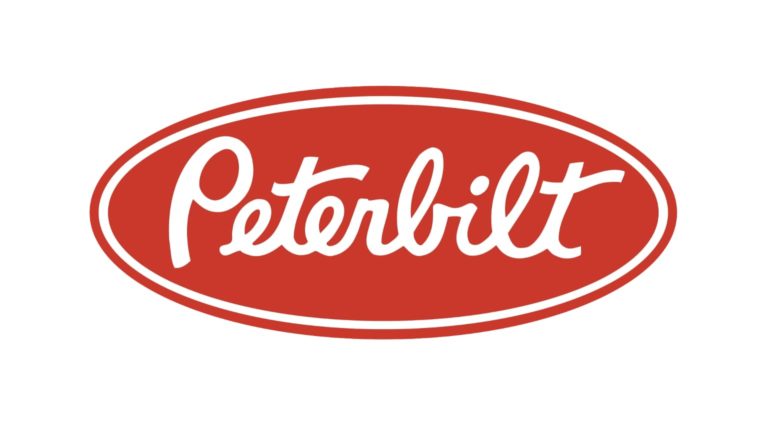
Though we spend ample time examining consumer-based AR endpoints, greater near-term impact is seen in the enterprise. This takes many forms including brands that use AR to promote products in greater dimensions and industrial enterprises that streamline operations.
These industrial endpoints include visual support in areas like assembly and maintenance. The idea is that AR’s line-of-sight orientation can guide front-line workers. Compared to the “mental mapping” they must do with 2D instructions, visual support makes them more effective.
This effectiveness results from AR-guided speed, accuracy, and safety. These micro efficiencies add up to worthwhile bottom-line impact when deployed at scale. Macro benefits include lessening job strain and closing the “skills gap,” which can preserve institutional knowledge.
But how is this materializing today and who’s realizing enterprise AR benefits? Our research arm ARtillery Intelligence tackled these questions in its report: Enterprise AR: Best Practices & Case Studies, Vol 2. We’ve excerpted it below, featuring Peterbilt’s AR deployment.
Culture & Comfort
Many case studies we’ve examined in this series focus on AR’s ability to offer line-of-site guidance. That most often occurs in a head-worn form factor. Indeed, AR’s fully-evolved state is head-worn given that visual guidance is more intuitive when hands-free.
But due to adoption headwinds, such as culture and comfort among front-line stakeholders and IT departments, lower friction can lie with AR’s use on smartphones or tablets. They not only have greater comfort levels, but they let AR piggyback on larger hardware bases.
One company that went this route is Peterbilt Motors Company. For those unfamiliar, it manufactures trucks such as the 18-wheelers common in long-haul ground shipping. This type of operation relies on several moving parts, such as heavy-equipment engine repair.
Much of this activity happens at the dealership level – the direct touchpoint to customers for repair work (see our previous case study on Porsche’s AR deployments). This is where Peterbilt integrated AR to streamline repair work for its truck chassis and engines.
On the Road Again
How did Peterbilt integrate AR specifically, and what were the results? First, it developed an AR-guided repair system known as ARTech. Designed by a cross-disciplinary team, it overlays 3D models of truck systems using iPads. It’s been deployed across 200+ dealerships.
Altogether, this allows technicians to intuitively visualize repair instructions. Or in Peterbilt’s own words, it “fills the void” between technical data and repairs. To quantify that, Peterbilt reports that ARTech helped it achieve 15-20 percent reductions in repair times.
“Instead of having to carry a laptop, adapter, and other tools […], now you’re carrying an iPad with all of the information in one convenient location,” Peterbilt’s Mike Lacey told XR Today. “This has been a huge timesaver […] getting our customers’ trucks back on the road.”
We’ll pause there and circle back in the next report excerpt with another enterprise AR case study. Meanwhile, read the full report here and see our video takeaways below…






